
Anatolian Shepherds have been used as guardians for a wide range
of hoofstock and birds, including (but not limited to) sheep,
goats, horses, cattle, llamas, ostriches, chickens, ducks,
pheasants, and turkeys. The bonding process of pup or adult dog
to the stock is important with all species; however, some of the
smaller types of fowls are at a disadvantage due to their
smaller size and relative fragility. While pups are often penned
with or near some of the larger animals while they learn
appropriate behavior, even a very young puppy can damage or kill
a chicken in the mildest of play interactions. That is why it is
important to set the parameters of behavior quickly and firmly
in dogs intended as poultry guardians. The limits of appropriate
and inappropriate behavior should be set under close
supervision, so that you can train your dog to be the flock
guardian you want him to be.
I have used Anatolian Shepherds to guard my flock of poultry for
13 years, and am now on my second generation of guards. My first
six dogs were all raised from puppyhood directly with my flock
and can serve as guards if need be, but as we have since
relocated to a property where the fowls are no longer kept near
the house, only a pair of dogs live with the flock full-time. My
newest stock guard was not kept full-time with birds until she
was 18 months old. The following is a description of the
circumstances in which my dogs are used.
My flock is rather varied in composition; I have both large and
bantam chickens, as well as ornamental pheasants. At times, I
have also kept geese and peafowl. A substantial number
(approximately 50 – 60) of birds are free-range, and roost in
one stall of the barn/kennel/aviary building. Nests are provided
on top of the doghouses in the kennels: some birds prefer to lay
in the doghouses instead! Several free-standing nests with
access at ground level are provided for the hens rearing chicks,
which are also free-range. Breeding pairs, brooding hens, and
pheasants are kept in poultry netting enclosures, and adult
roosters that are not currently in breeding pens are leashed by
the leg to a swivel stake, giving them a 16 foot diameter
circle, with a small house along one edge for roosting and
shade. The perimeter of the bird pasture’ (about 3 acres) is
fenced with wire having a spacing of 2″ X 4″, and which is 5′
along some sides, and 4′ on others. The 4′ section has an
electric wire along the top, to teach young dogs to not jump on
the fence. There is a dirt truck trail running along the 4′
fence line.
Predators in our area include the usual raccoons, opossums, and
free-roaming neighbors’ dogs, with the addition of bobcats,
coyotes, a resident cougar, and large bands of illegal
immigrants crossing over from nearby Mexico. Out of the
literally hundreds of birds I have raised, predation has
resulted in the loss of fewer than a dozen (which were in areas
inaccessible to the dogs).
Dogs can be invaluable to the maintenance of a flock. They keep
predators away, break up fights in young stock, and alert you if
something is out of the ordinary (bird tangled in his leash,
snake in the breeding pen, baby chick on the wrong side of a
fence). Birds that are fighting may be flapping madly, squawking
and covered in each other’s blood, yet the dogs will race in,
barking, swatting them away from each other with their forelegs,
or reaching in and grasping the birds by their wing or tail
feathers and pulling them away from each other. Baby chicks may
be hopping right into a dog’s food bowl, and the dog will just
back away with a quizzical expression. My bird guards seem to
view the fowls their own pets, regarding them with a wonderful
tolerance and a desire for peace and order.
Dogs do not just figure all of this out on their own; they are
not born with the knowledge that large, noisy feathery things
are to be cherished and protected. They are, however, born with
the POTENTIAL to do this kind of work, with the cleverness and
desire to figure out how to keep the peace, and with all of the
necessary instincts for stock guardianship. How to actualize
this inborn potential? The beginning is socialization. Take your
dog or puppy with you when feeding, cleaning, or doing any other
routine activities with your stock. I feed my flock early in the
morning, before leaving for work. When training my youngest
flock guard, Gezme, I took her and her brother up to the bird
yard with me every morning, allowing them the opportunity to
interact with the fowls, and with the senior guardians (Sahin
and Sahbaz). While feeding, cleaning, and scrubbing things, I
kept an eye on her, and if she began to put her feet up against
a pen, run around it, or chase a bird, I yelled, “Gez, Phooey!
Leave it!” If she remained interested (in a playful or predatory
fashion), I’d run over, roll her over on her side with one hand
across her neck and shoulders, and the other over her muzzle
(holding her firmly but gently) and tell her, “No! Leave it!”
Usually, after using this mother dog’ style discipline a few
times, she would look at the birds, but not try to chase. Until
she forgot, the next day!
This is where consistency comes in – NEVER allow the dog to do
something you don’t approve of. Chasing is an inherently
rewarding behavior, so in order to extinguish it, the less it is
allowed to happen, the better. Also, allow alternatives; chasing
is an instinct that is not wrong, but it must be directed at
appropriate targets (something all young wild canids are taught
by their mothers). A chicken may be “No” and “Leave it” (or get
rolled and pinned), but a squirrel, gopher, or rabbit may be
“That’s a girl” and “Get it”. That shovel or feed dish may need
to be left alone, but that bone or stick may be perfectly
acceptable. Don’t try to go against or ignore the forces of
instinct and nature – just direct them into acceptable
activities. Gezme was allowed to play – but only with her
brother or the old dogs. Running through the middle of the birds
was a bad idea, but lying quietly near them was O.K. Gez was
fascinated by the pheasants, who have quick, sharp movements,
are apt to fly around their aviaries if disturbed, and who make
an astonishing variety of high-pitched noises. She learned that
she could go up to their pens and look in, but then she would
walk away when their whistles and chirps became more frequent
and higher pitched, signaling that they were getting ready to
take off and try to brain themselves against the roof of their
pen. Her brother, Gar, could eventually look in and observe
them, too, but the birds seemed to be more afraid of him at
first (possibly because Garnizon is a dark brindle, and the
other dogs are all fawns).
This brings up another point: that of acclimating the flock to
being around something which looks an awful lot like a predator
to them. My chickens and other fowl paid little, if any,
attention to Sahin and Sahbaz, who had been around them their
entire lives. However, new birds take a while to become
accustomed to dogs, and the birds also know the difference
between their’ dogs and other’ dogs.. Skittish animals may lead
inexperienced dogs into temptation! When training a new dog, it
is preferable for the stock to be acclimated to the presence of
a non-threatening dog. Just having a pup or new dog around the
stock while you are with them helps the flock accustom
themselves to the dog, which, incidentally, causes the flock to
behave in a much calmer, less prey-like fashion.
Anatolians are also great mimics; think about what you are
doing, before you do something in front of them! Dig a little in
a garden, and they are glad to help you out by digging deeper,
pick some fruit, and they’ll try to make your job easier by
pulling off a few branches. Chase a few animals (to medicate
them, they got loose, etc.), and your dog may decide that he
should help out and try to catch some too. Older dogs know that
only you have this privilege, but try not to give puppies ideas.
This is why an already trained dog is worth his weight in gold -
they act as mentors’, as the pup will watch the older dog and do
as he does. This can backfire, however, if the old dog has some
undesirable behaviors, as the younger dog will learn them as
well.
Having self-assured animals also helps teach pups to give them
some personal space’. My pup, Gezme, was also assisted in her
understanding that she shouldn’t get too close to the chickens
by being walloped by some of the roosters, for the crime of
walking too close to their houses. She was also bitten on the
nose when investigating broody hens in nests, and, later in the
spring, was chased by mother hens. Why didn’t she try to play
with them? Well, any time she’d responded in a playful manner,
I’d yelled and rolled her. I’d also let her see chickens close
up by holding one and letting her smell it, but telling her “No”
if she tried to mouth legs or feathers (I’d also allow the
chicken to bite her, if it was so inclined). Pretty soon, she
was figuring that, while chickens and such were interesting, it
wasn’t pleasant to get TOO close to them.
If a couple of mistakes’ are made in the beginning, don’t
despair – it is not necessarily a sign of an incompatible dog,
if a couple of birds are inadvertently dispatched by your novice
flock guard. My first stock guard killed several young chickens
during his learning phase, but once he got the idea, I never had
a bit of trouble for the next 12 years. Try to figure out what
triggered the inappropriate behavior (unusual appearance or
behavior of an individual, aggressive behavior mistaken for
invitation to play, swarming’ behavior of flock prior to feeding
time) and take steps to habituate your dog to this stimulus, so
that the undesired behavior pattern is extinguished. One dog had
trouble with the behavior of the flock just prior to being fed
in the morning – fowls pacing along a fence line, increased
minor fighting, flapping, etc. – so the flock was shut into the
pen they roosted in, at night, for a couple of months. (Tethered
roosters remained accessible, as they were unable to perform the
fence running’ behaviors.) The dog observed these disturbing
behaviors from the other side of a fence, and the fowls were not
released until I fed them in the morning; after feeding, they
scatter. At the end of the 2 months, the door to the roosting
area was left tied open again, and as the dog was now accustomed
to this kind of behavior, there were no further problems.
Anatolian Shepherds CAN be used with great success for guarding
poultry flocks, but early supervision and reinforcement of
appropriate behaviors is essential. Much of this kind of
training is also applicable to situations with larger stock,
during the breeding season, or when the young are being born.
Don’t make assumptions about how a young dog will behave when
confronted with a newborn for the first time; many may
automatically accept it, but many others may be completely
nonplussed by the event, and need guidance.
A year of training is a small investment for peace of mind and
the assurance that your flock is being watched over and
protected day and night, for the next ten years. Most dogs come
into their own’ between 12 and 18 months, and it is at this
point that your dog has been exposed to the events of the whole
year, knows what to expect, how to react…. and you know then
that you have a ‘finished’ stock guard!
For more great articles like this one visit “The Poultry World”
Everything Poultry and Waterfowl There is also a fr
ee livestock and poultry auction available for everyone!
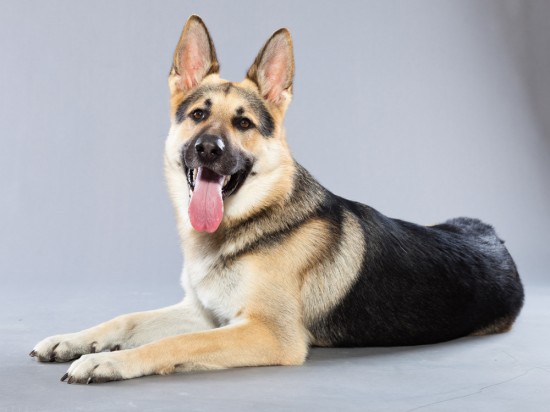 Osteosarcoma Or Bone Cancer In Dogs
Osteosarcoma Or B
Osteosarcoma Or Bone Cancer In Dogs
Osteosarcoma Or B
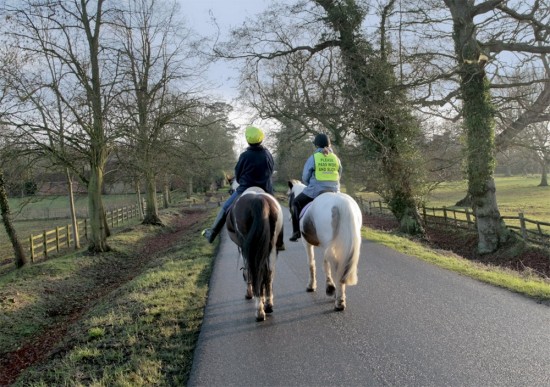 Riding Out In The Winter - Tips To Staying Safe
Riding Out In The
Riding Out In The Winter - Tips To Staying Safe
Riding Out In The
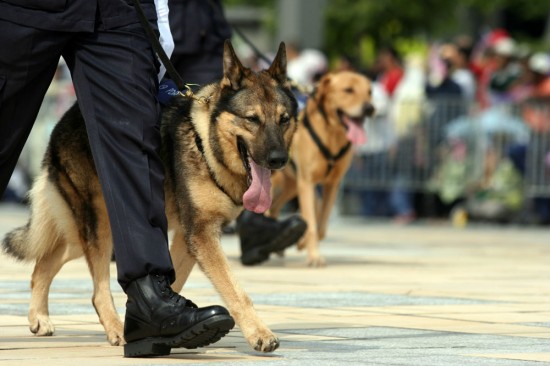 6 Good Reasons To Adopt A Retired German Shepherd
6 Good Reasons To
6 Good Reasons To Adopt A Retired German Shepherd
6 Good Reasons To
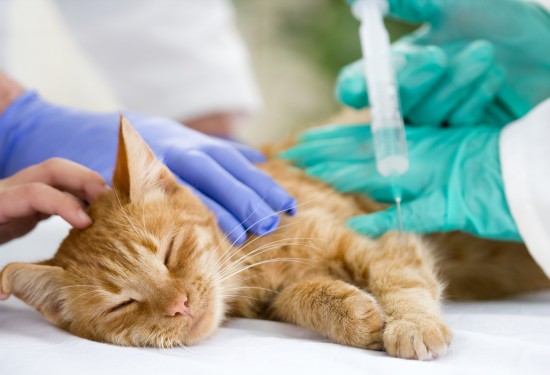 What Happens When You Leave Your Cat For An Operation?
What Happens When
What Happens When You Leave Your Cat For An Operation?
What Happens When
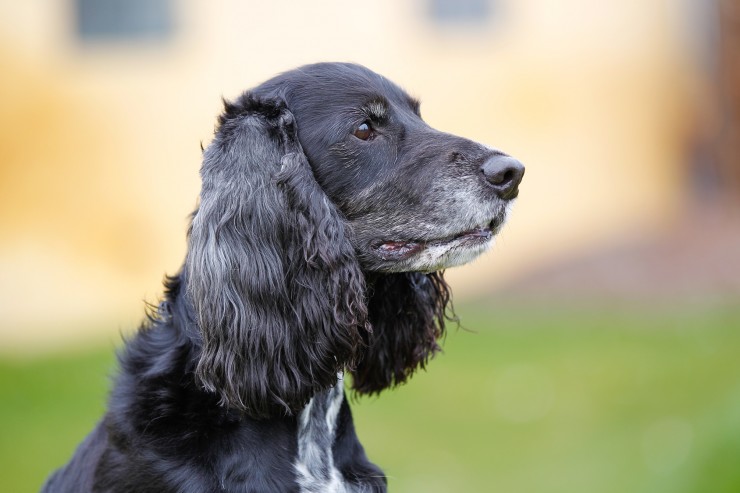 Fatty Cysts Or Sebaceous Cysts In Dogs
Fatty Cysts Or Se
Fatty Cysts Or Sebaceous Cysts In Dogs
Fatty Cysts Or Se
Copyright © 2005-2016 Pet Information All Rights Reserved
Contact us: www162date@outlook.com